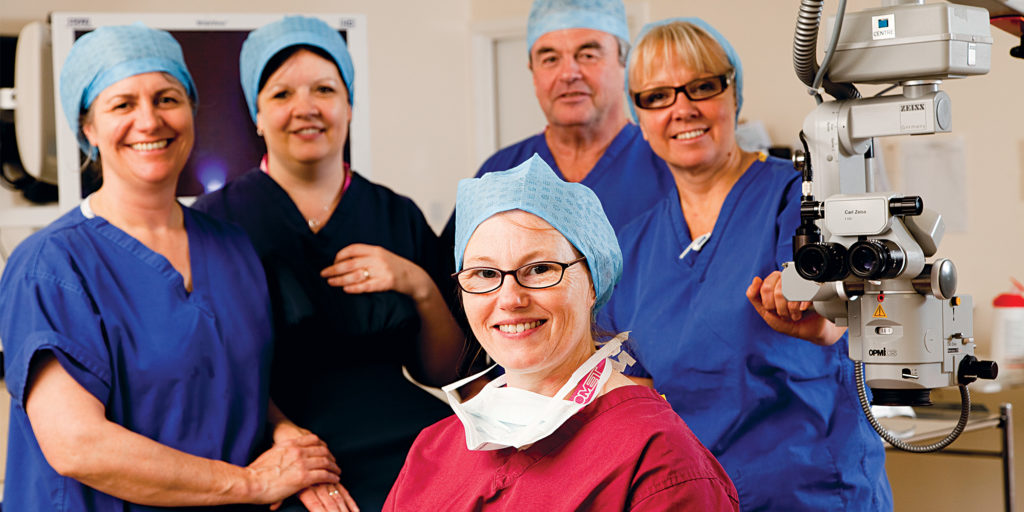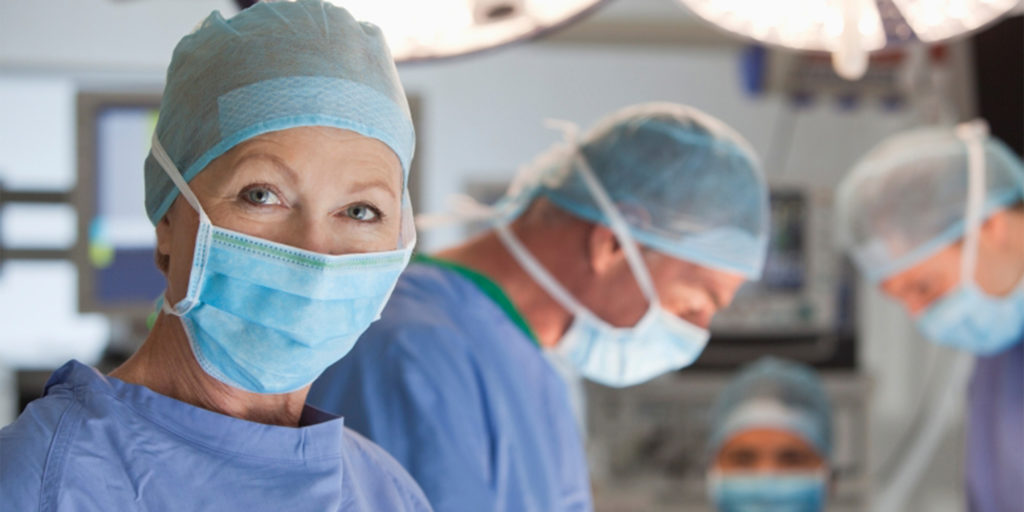

A simple solution
Mr Denzil May, Consultant at Duchy Hospital, talks us through the symptoms and treatment options for haemorrhoids.
Haemorrhoids, or piles, are often regarded as an embarrassing problem. However, they are very common and if you are having issues, then you’ll be reassured to know that they can often be treated easily and effectively. Regardless, symptoms should always be investigated to exclude serious pathology.
Haemorrhoids are swellings of the vascular cushions that are found inside or around the bottom. These anal cushions help with anal sphincter function, aiding in fine control over flatus (wind) and stool.
Everybody has haemorrhoidal cushions and the term haemorrhoids or ‘piles’ is usually used when problems occur such as bleeding, prolapse, itching, discomfort or pain. Piles themselves, whilst bothersome and often requiring treatment, are not usually dangerous.
However, bleeding from the back passage or the feeling of a lump certainly requires further assessment, to exclude serious conditions such as rectal or anal cancer. The tests involve an examination of the back passage, often with a proctoscopy (a small short camera inserted into the anus) and then, usually, a ‘flexible sigmoidoscopy’ or ‘colonoscopy’.
For the majority of the time, rectal bleeding is caused by piles, however, bleeding from the bottom or a lump is a symptom of bowel cancer, so tests are usually done to exclude these conditions.
So how are haemorrhoids treated? Most of the time, no further intervention is required. Dietary and lifestyle measures such as increased fibre intake, drinking plenty of water and avoiding straining at stool is usually enough to reduce symptoms. Sometimes, gentle laxatives can help reduce straining if dietary measures do not work.
If simple measures don’t work, sometimes intervention is then required. The options include rubber band ligation, haemorrhoid artery ligation and plication of prolapse, or haemorrhoidectomy (excision of piles). More recently at Duchy Hospital, radiofrequency ablation of piles has been made available.
Radiofrequency ablation, or ‘Rafaelo’, is a novel technique that involves insertion of a special probe into the haemorrhoidal cushion and high frequency electricity is applied, which shrinks the haemorrhoid by heating the tissue. It’s suitable for grade 1 and 2, and early grade 3 piles.
Rafaelo is a minimally invasive day case procedure. It’s often carried out under local anaesthetic, but sometimes sedation or general anaesthetic is used. Most patients report very little pain or discomfort and post-operative recovery time is very short. To learn more about this procedure, visit the Rafaelo website at www.rafaelo.co.uk. This procedure is only available to private patients in Cornwall.
Discover More
If you’d like to know more about the Rafaelo procedure at Duchy Hospital, head over to www.duchyhospital.co.uk
To enquire about pricing and appointment availability, please call 01872 302805
Duchy Hospital
01872 226100











